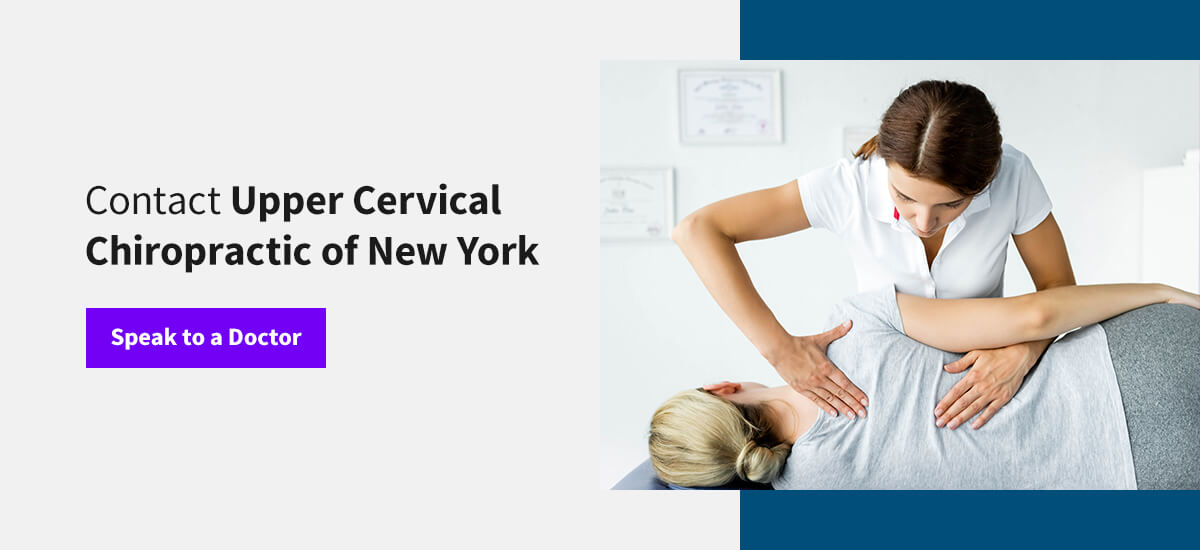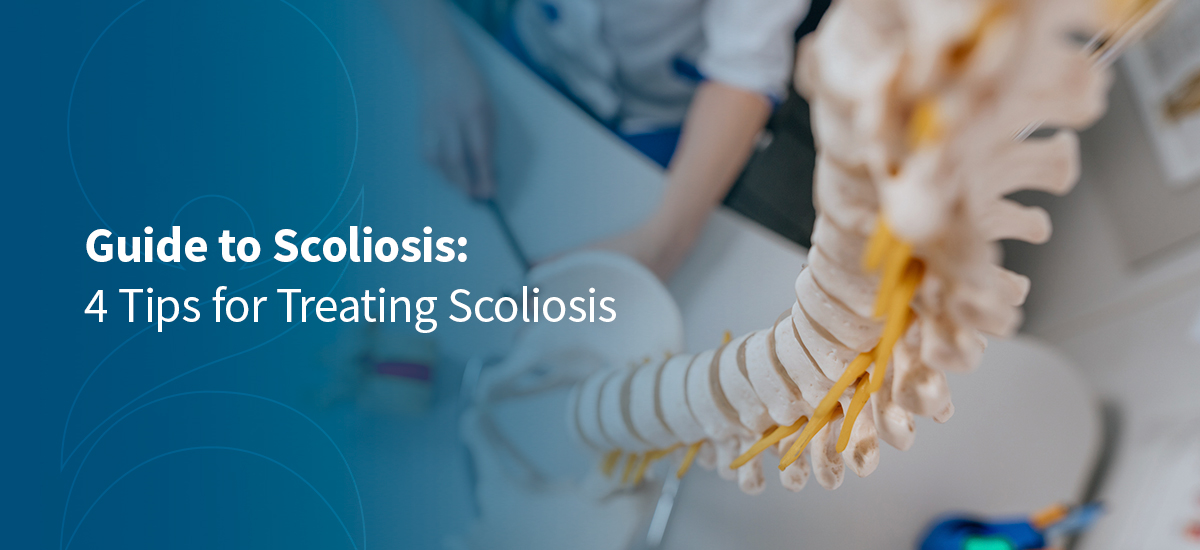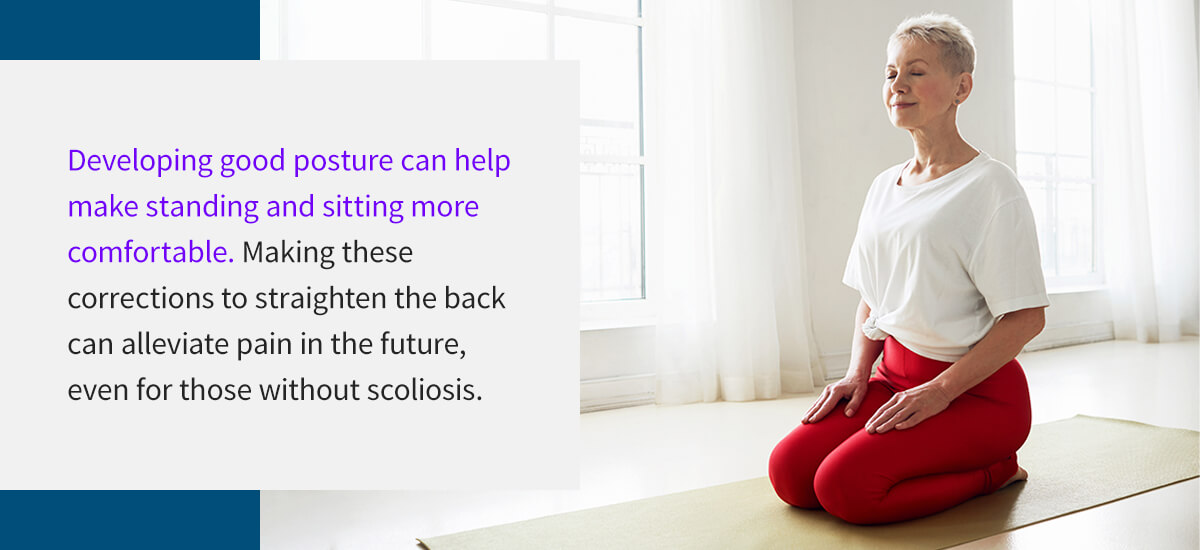Coping with scoliosis is a long journey of discovering how to make your body comfortable. The high degree of the curvature of the spine can make everyday activities more challenging to complete.
Fortunately, there are a few ways to treatments for scoliosis you can practice in the comfort of your own home. Lifestyle changes and simple exercises are great ways to improve scoliosis while creating healthier habits in your everyday life.
Follow the tips below to cope with scoliosis and reduce back pain.
1. Practice Stretching Exercises
Yoga and Pilates have helped many individuals cope with scoliosis and alleviate discomfort through relaxing exercise. Both practices help build muscle and improve breath control, making daily activities easier to complete. While yoga and Pilates don’t cure scoliosis, these exercises can put you in control of your comfort levels through relaxation and meditation.
Poses and exercises for reducing scoliosis pain include:
Downward Dog
One of the most famous yoga poses, downward dog is helpful for engaging and stretching the muscle around the spine. For this exercise, you’ll create a “V” shape with your body.
- Start by kneeling on the ground.
- Place both hands in front of you shoulder length apart with your palms on the ground.
- Hold yourself up with your arms as you lift your rear and walk your legs back slightly.
- Try to keep your feet flat on the ground to support your body weight. You can bend your knees and use your tiptoes as a modification.
Your back, arms and legs should be completely straight with your head down between your arms and your rear positioned as the highest point, creating a “V” shape. This pose helps maintain good posture and helps balance the rest of the body.
Tree Pose
Similar to the downward dog exercise, the tree pose helps straighten the spine while engaging the rest of the body’s muscles. This position is a test of balance and allows you to strengthen your core.
For this exercise, you must balance on one foot while placing the other flat against the inside thigh, supporting your body weight. This step itself can take some time to perfect. Once the feet are balanced, your legs should look like the number four.
The rest of the exercise is simple. Place the palms of your hands in a prayer-like position in front of your chest or above your head. With these steps in place, remember to keep your back straight. Hold the position for as long as you can, focusing on measured breathing.
Mountain Pose
The mountain pose is perhaps the most simple yet effective exercise. This position allows you to focus on your balance, breathing and posture.
- Stand up straight and spread your toes as much as possible with your feet flat on the floor.
- Tense the muscles at the front of your thighs and flex them inwards, so your kneecaps rise. Create the same tension in your stomach to draw the abdomen closer to the spine.
- With relaxed and spread shoulders, raise them up to your ears and let them fall back into position slowly. Do this movement a few times while keeping the spine straight to create a natural back curve.
Cat/Cow Pose
This exercise engages the spine’s flexibility to strengthen the core and back.
- Sit in an upright position on a chair. Keep your knees at a 90-degree angle with both feet planted on the ground.
- Without moving your legs, place both hands on your knees and pull your shoulders back to curve your spine toward your thighs. Your chest should move outward.
- Bend your spine in the opposite direction by moving your chest inward and toward the back of the chair.
Repeat these two moves a few times to allow your spine the flexibility to move in multiple directions.
2. Use Good Posture
Developing good posture can help make standing and sitting more comfortable. Making these corrections to straighten the back can alleviate pain in the future, even for those without scoliosis. Although some cases of scoliosis prevent good posture, try to do as much as possible to reward your body with comfortability.
Here are a few tips for practicing good posture to relieve scoliosis symptoms:
- Don’t tense your shoulders and neck: Relax your shoulders and push them back to spread the shoulder blades. This minor correction can improve breathing as the lungs have more room to expand. Letting your arms and hands hang loosely can also help relax your shoulders while the rest of your spine straightens.
- Keep your head and neck straight: When your shoulders are aligned straight and back, your head can match their upright position. Straighten out your neck so that your ears align behind your shoulders. Both of these steps can help your upper back straighten and prevent hunching.
- Pull in your abdomen: Adjusting your abdomen can help align the middle of your spine with your neck and upper back. Tense your stomach muscles inward to straighten the center of your back when sitting or standing.
- Avoid locking your knees: Your legs and feet play a critical role in good posture. When standing, try not to lock your knees, as this pushes the chest and pelvis forward. Your knees should be loose and moveable while standing up. Focus on balancing your weight on the balls of your feet, as well. Over time, you can shift this pressure on your toes and heels from one foot to another.
- Position your feet shoulder-width apart: Now that your shoulders are spread and pushed backward, your feet should stand at the width of your shoulders. The pelvis will straighten and support the spine as a result.
The Wall Test
Now that you can practice good posture, maintaining this stance is essential for back comfort. You can evaluate your posture by trying out the wall test.
Start by leaning your head, rear and shoulders against a wall with your feet 3 inches away from the base. If your posture has improved, you should notice space between your lower back and the wall. Being able to place a hand in between this space can indicate good posture.
If the curve of your back doesn’t allow for this space, adjust your posture to ensure each body part is straightened and aligns with the wall.
3. Change Your Sleeping Habits
How you lie when falling asleep can contribute to your back discomfort. By adjusting your sleeping position and investing in the proper bedroom furniture, you may find relief from your scoliosis symptoms:
- Sleep position: Try sleeping on your back or side in a position that provides some form of comfort and straightens your spine. If you sleep on your side, sleep with a pillow in between your legs for more support.
- Mattress: Consider investing in a medium-firm mattress to provide back support and a good night’s rest. Although a soft mattress is tempting to use, the lack of structure can cause sleepless nights and aching muscles. A firm mattress topper can provide additional back support if you prefer to use your current mattress.
- Pillows: Sleeping with pillows can also make light adjustments to your body as you sleep, allowing you to stretch out at night. In particular, use a cervical pillow to provide the best neck support.
4. Eat Nutritious Meals
Many people with scoliosis experience discomfort from spinal inflammation. This scoliosis symptom can make it challenging to get through daily life without needing to take a break from walking, standing or sitting. Some foods provide the nutrition needed to reduce the body’s sugar intake in the bloodstream, alleviating inflammation.
Anti-inflammatory diets to reduce scoliosis pain include:
- An increase in fruits and vegetables to support blood cell strength
- Less red meat to alleviate pain
- More Omega-3 healthy fats to reduce inflammation
- Limited processed food to minimize discomfort

Contact Upper Cervical Chiropractic of New York
Scoliosis can cause discomfort and pain for many individuals on a daily basis. The condition of your spine can significantly impact your quality of life, but we can help you get back on track.
Scoliosis treatment at Upper Cervical Chiropractic of New York involves assessing your conditions before moving into treatment. We take great care to ensure the progress made meets your specific health needs. After your first visit, Dr. Gertner can provide the NUCCA treatment if your spine can benefit from this advanced spinal correction or other chiropractic services.
Contact Dr. Gertner today to get started on your scoliosis treatment.
REVIEWED BY DR. GEORGE GERTNER

Dr. George Gertner is a family man, healer, philanthropist, author of “The Gift of Hope”, public speaker, and founder of one of the world’s busiest Upper Cervical Chiropractic clinics.
After receiving his bachelors degree in biology from Hofstra University in Hempstead, NY Dr. Gertner moved to Atlanta, GA to attend Life University. Before graduation, Dr. Gertner had a severe injury to his lower back. Traditional chiropractic procedures were not providing relief until he met a chiropractor that specialized in NUCCA (National Upper Cervical Chiropractic Association.)
Then he spent the next two years mentoring from one of the best Upper Cervical doctors; learning in the same office that helped change his life. After two years, Dr. Gertner returned home to New York to open his own office. He currently is one of less than 300 NUCCA chiropractors worldwide.
Dr. Gertner has been featured numerous times in Chiropractic Monthly Magazine for his expertise in treating Trigeminal Neuralgia and Myofascial Pain. Dr. Gertner has lectured locally and nationwide discussing various symptoms using the Upper Cervical technique.



